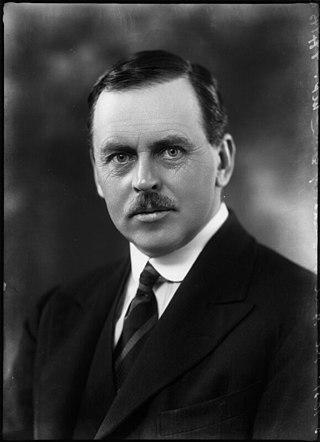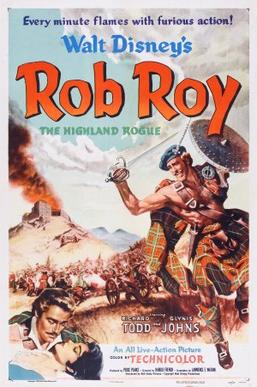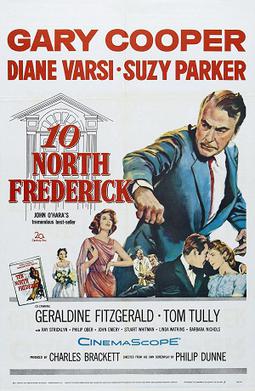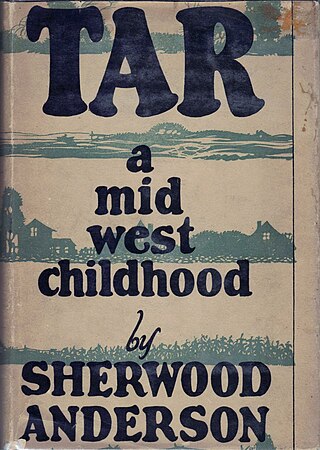
Winesburg, Ohio is a 1919 short story cycle by the American author Sherwood Anderson. The work is structured around the life of protagonist George Willard, from the time he was a child to his growing independence and ultimate abandonment of Winesburg as a young man. It is set in the fictional town of Winesburg, Ohio, which is loosely based on Anderson's childhood memories of Clyde, Ohio.

Sherwood Anderson was an American novelist and short story writer, known for subjective and self-revealing works. Self-educated, he rose to become a successful copywriter and business owner in Cleveland and Elyria, Ohio. In 1912, Anderson had a nervous breakdown that led him to abandon his business and family to become a writer.

William David Ormsby-Gore, 5th Baron Harlech, known as David Ormsby-Gore until June 1961 and as Sir David Ormsby-Gore from then until February 1964, was a British diplomat and Conservative politician.

Sidney Coe Howard was an American playwright, dramatist and screenwriter. He received the Pulitzer Prize for Drama in 1925 and a posthumous Academy Award in 1940 for the screenplay for Gone with the Wind.

Clifford Michael Irving was an American novelist and investigative reporter. Although he published 20 novels, he is best known for an "autobiography" allegedly written as told to Irving by billionaire recluse Howard Hughes. The fictional work was to have been published in 1972. After Hughes denounced him and sued the publisher, McGraw-Hill, Irving and his collaborators confessed to the hoax. He was sentenced to two and a half years in prison, of which he served 17 months.

William George Arthur Ormsby-Gore, 4th Baron Harlech,, was a British Conservative politician and banker.

George Barr McCutcheon was an American popular novelist and playwright. His best known works include a series of novels set in Graustark, a fictional East European country, and the novel Brewster's Millions, which was adapted into a play and several films.
Richard Warrington Baldwin Lewis was an American literary scholar and critic. He gained a wider reputation when he won a 1976 Pulitzer Prize for Biography or Autobiography, the first National Book Critics Circle Award for nonfiction, and a Bancroft Prize for his biography of Edith Wharton. The New York Times called the book "a beautifully wrought, rounded portrait of the whole woman, including the part of her that remained in shade during her life" and said that the "expansive, elegant biography ... can stand as literature, if nothing else."

Sharyn McCrumb is an American writer best known for books that celebrate the history and folklore of Appalachia. McCrumb is the winner of numerous literary awards, and the author of the Elizabeth McPherson mystery series, the Ballad series, and the St. Dale series.

Rob Roy: The Highland Rogue is a 1953 adventure film produced by RKO-Walt Disney British Productions which is about Rob Roy MacGregor. It was the last Disney film released through RKO Radio Pictures.

This is a list of bestselling novels in the United States in the 1900s, as determined by The Bookman, a New York–based literary journal. The list features the most popular novels of each year from 1900 through 1909.

The folkloric hero Robin Hood has appeared many times, in many different variations, in popular modern works.

The Night Gardener is a 2006 crime novel by George Pelecanos. It is set in Washington, DC and focuses on homicide detective Gus Ramone, and ex-cops Dan "Doc" Holiday and TC Cook as they investigate the possible return of a serial killer.
Beaut or Beauts may refer to:

Ten North Frederick is a 1958 American drama film in CinemaScope written and directed by Philip Dunne and starring Gary Cooper. The screenplay is based on the 1955 novel of the same name by John O'Hara.

The Chant of Jimmie Blacksmith is a 1978 Australian drama film directed, written and produced by Fred Schepisi, and starring Tom E. Lewis, Freddy Reynolds and Ray Barrett. The film also featured early appearances by Bryan Brown, Arthur Dignam, and John Jarratt. It is an adaptation of the 1972 novel The Chant of Jimmie Blacksmith by Thomas Keneally.

Windy McPherson's Son is a 1916 novel by American author Sherwood Anderson. It was published by John Lane as part of a three-book contract. Windy McPherson's Son is Sherwood Anderson's first novel.

Tar: A Midwest Childhood is a 1926 fictionalized memoir by American author Sherwood Anderson. It was originally published by Boni & Liveright and has since been republished several times including a 1969 critical edition. The book is made up of episodes in the childhood of Edgar Moorehead. The fictional location of Tar: A Midwest Childhood bears a resemblance to Camden, Ohio where Sherwood Anderson was born, despite him having spent only his first year there. An episode from the book later appeared, in a revised form, as the short story "Death in the Woods" (1933).

Horses and Men is a 1923 short story collection by the American author Sherwood Anderson. It was Anderson's fourth book to be published by B.W. Huebsch and his third collection after the successful short story cycle Winesburg, Ohio. The book was dedicated to writer Theodore Dreiser and included a two-page essay about him titled "Dreiser" in addition to a foreword and nine stories.

The Scottish Women's Hospital at Royaumont was a medical hospital during World War I active from January 1915 to March 1919 operated by Scottish Women's Hospitals (SWH), under the direction of the French Red Cross and located at Royaumont Abbey. The Abbey is a former Cistercian abbey, located near Asnières-sur-Oise in Val-d'Oise, approximately 30 km north of Paris, France. The hospital was started by Dr Frances Ivens and founder of SWH, Dr Elsie Maud Inglis. It was especially noted for its performance treating soldiers involved in the Battle of the Somme.



















